Painting Realistic Watercolor Landscapes
Course final project
A course by Richard Thorn , Landscape and Seascape Painter
About the final project for: Painting Realistic Watercolor Landscapes
Painting Realistic Watercolor Landscapes
“Congratulations! You have reached the end of this course. Thank you so much for taking part and I hope you've enjoyed it. It's now time to work on your project. This could mean finishing the painting you started by completing the course tasks or making a brand new one! Either way, I strongly suggest you take the time to gather inspiration and make a unique project of your own. Make sure to keep track of your progress with different pictures of each step. It'd be great if you could also explain the choices you've made along the way and tell us if you have any doubts. This will help me guide you better if you need advice. Here are the main steps to follow: The Scene Decide on what scene you are going to draw and paint, it can be a landscape, a seascape, or a still-life – for the latter, the painting process is the same as it would be for a landscape. Choose something that really does it for you! Remember to be selective.
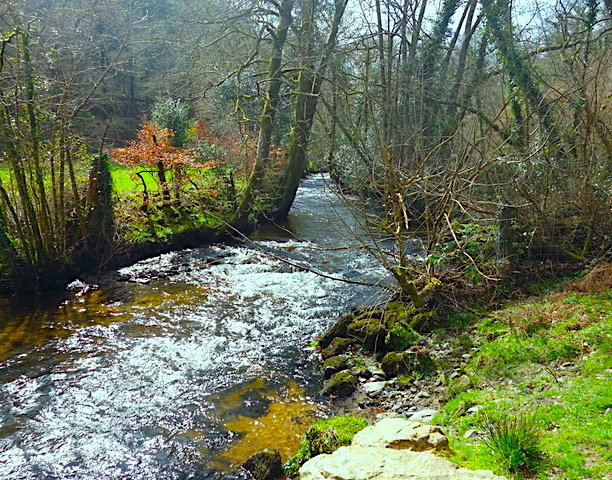
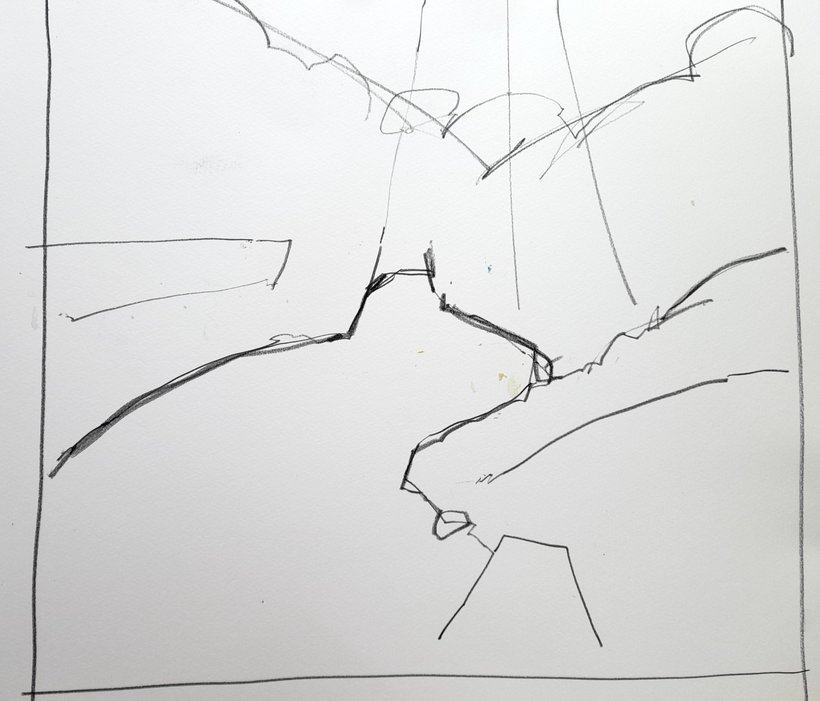

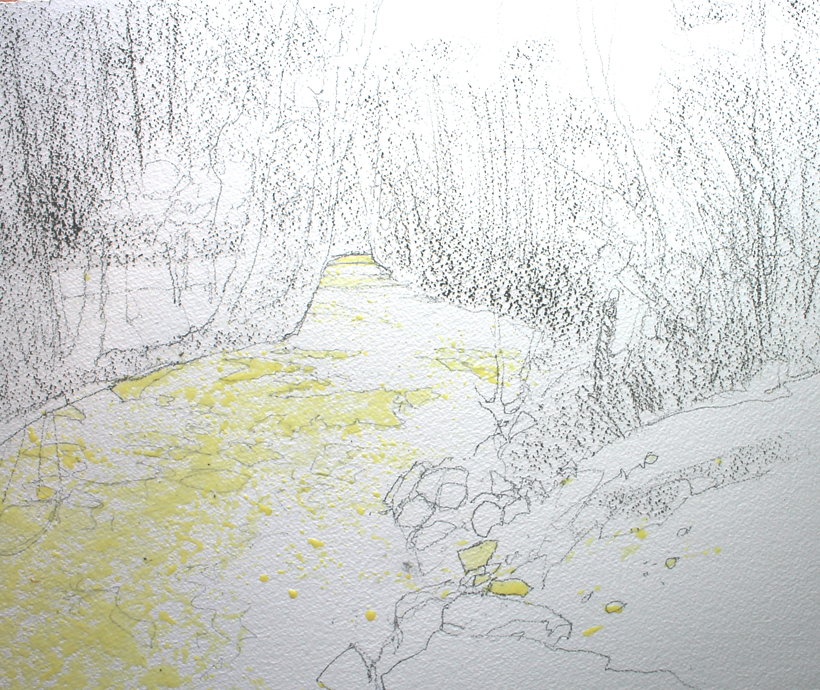

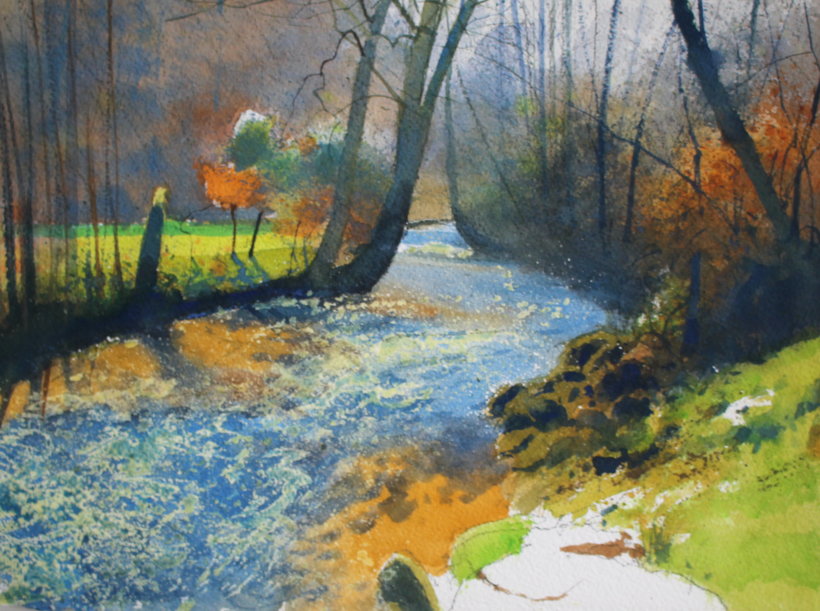
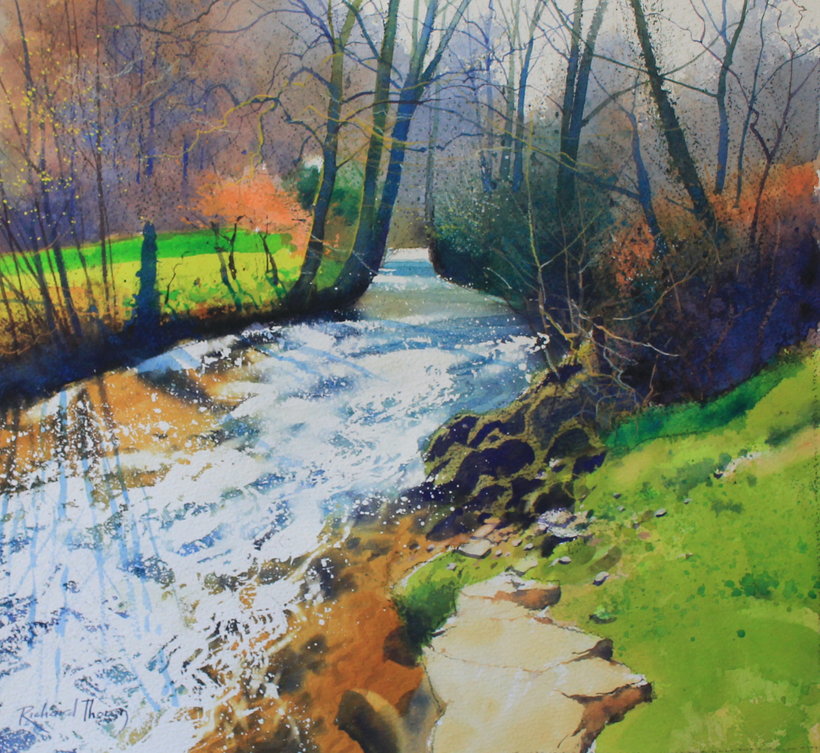

Partial transcription of the video
“ Final Project Well done for reaching the end of this Domestika course. In this lesson, I'll share with you what we've done so far and give you some extra tips to help you on your way. I hope you've seen how achievable it is for you to create your own watercolour landscape paintings. As I've reiterated throughout this course, we all have an appreciation of nature and now it's your chance to translate this into your paintings. If you're stuck or unsure where to start with a subject, I suggest you try and look for something that excites you and something that will prompt you to want to draw ...”
This transcript is automatically generated, so it may contain mistakes.
Course summary for: Painting Realistic Watercolor Landscapes
-
Category
Illustration -
Areas
Fine Arts, Naturalistic Illustration, Painting, Sketching, Watercolor Painting

Richard Thorn
A course by Richard Thorn
Richard Thorn is a professional painter specializing in watercolor landscapes and seascapes. His style relies heavily on techniques he’s developed himself to achieve robust texture and depth in his art. Richard’s approach to painting has evolved over the years, currently focusing on atmosphere, light, and the overall feeling of the subjects to capture the essence of the nature he sees.
His artwork has been sold and exhibited in many leading galleries throughout the UK, as well as America, Taiwan, and South Korea. He has earned numerous awards during his decades-long career, including two for best watercolor from the Royal Institute of Painters in Water Colours, and another for painting excellence at the 2019 Qingdao International Watercolour Exhibition.
- 99% positive reviews (324)
- 12,456 students
- 16 lessons (3h 30m)
- 22 additional resources (5 files)
- Online and at your own pace
- Available on the app
- Audio: English
- English · Spanish · Portuguese · German · French · Italian · Polish · Dutch
- Level: Beginner
- Unlimited access forever



